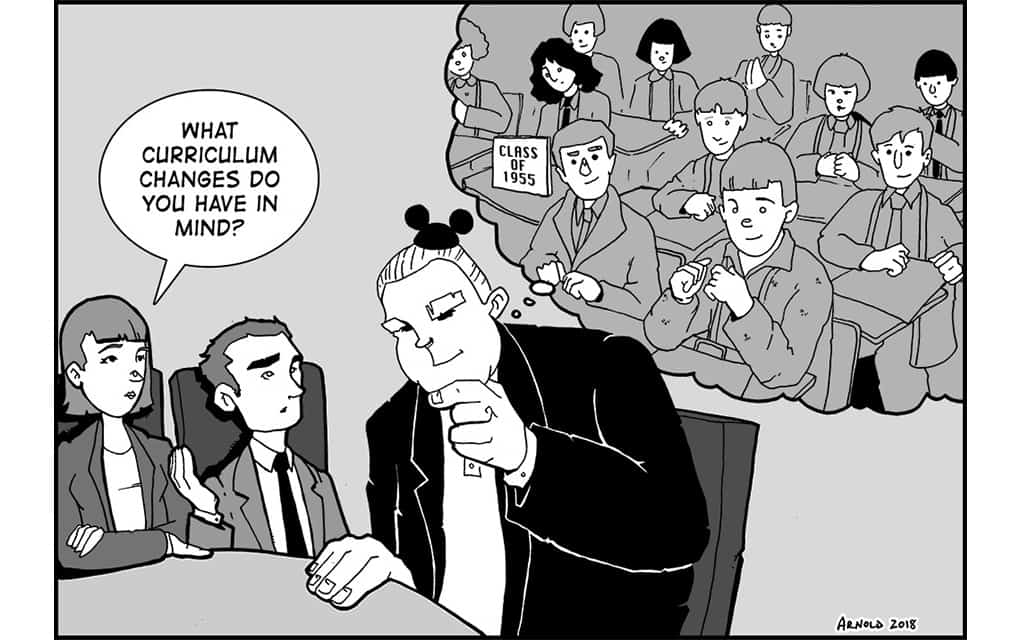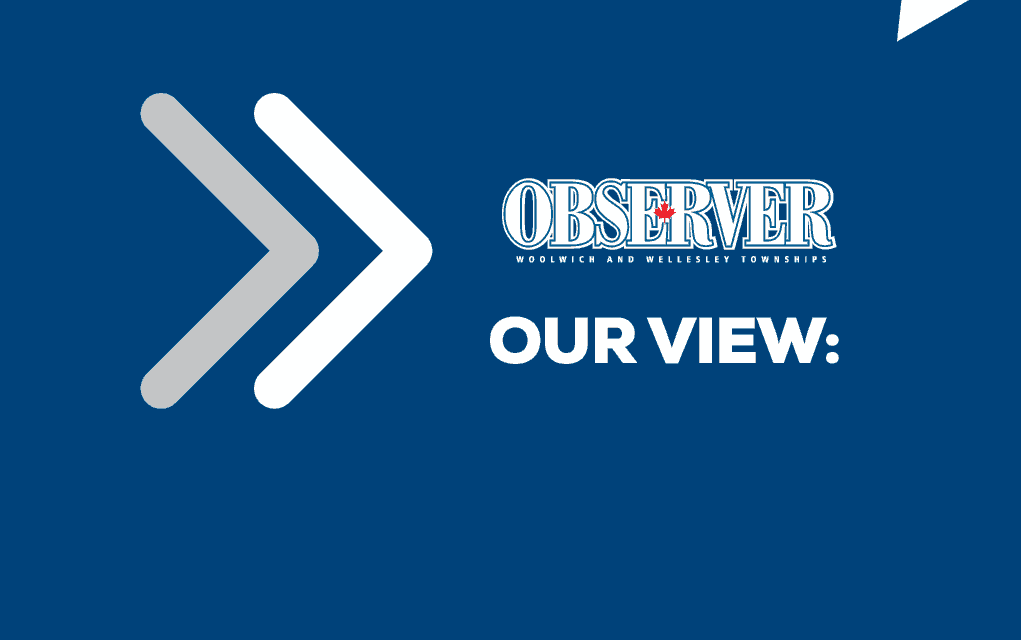;
;
;
Next Article
The View From Here

Along with increased tariffs, the U.S. president is blamed for another unwelcome expense at the border: a surge in (largely bogus) refugee claimants. Most are people worried about their status in an America increasingly divided and unstable. They’re flocking to Canada, particularly at points on the
Last updated on May 03, 23
Posted on Jul 19, 18
2 min read
